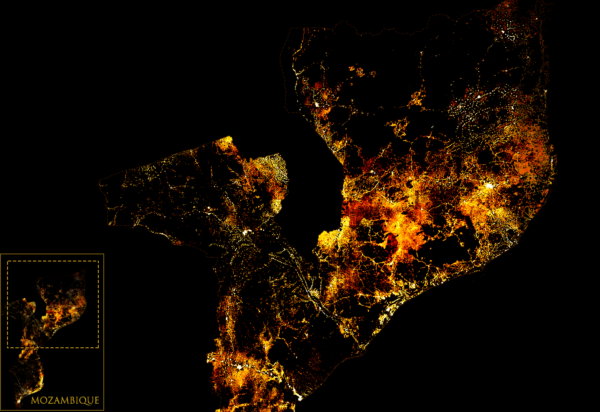
Social media giant Facebook is launching new mapping features meant to give health organizations real-time visibility into on-the-ground health situations.
The company is releasing three types of maps meant to help public health organizations stay ahead of disease outbreaks and guide disaster response: population density maps, movement maps and network coverage maps.

Integrated Enrollment Platforms and Consumer Assistance Centers: The Strongest Advantage for State-Based Exchanges
In the ever-evolving landscape of state-based health insurance exchanges, the convergence of technology and customer service is reshaping how these exchanges operate. The increasing advent of automation and artificial intelligence (AI) is rapidly dismantling the traditional business model that relies on the siloing of technology and customer service centers.
Facebook has partnered with a number of nonprofits and academic centers on this effort including Direct Relief, Harvard School of Public Health, the Institute for Health Metrics Evaluation at the University of Washington, International Medical Corps, the London School of Hygiene & Tropical Medicine, the World Bank and the World Economic Forum.
The company’s population density maps started out as a tool to guide network connectivity projects, but has been used by organizations like the American Red Cross to help plan and allocate supplies for relief efforts.
Aside from population counts, the maps also take into account census data to show demographic info like the number of children under five, the number of women of reproductive age and the elderly population in a given area.
Facebook claims that the AI-powered demographic maps are not created using Facebook’s social data and are “3x more detailed than any other source.”

What’s Keeping Healthcare CIOs Up at Night: How Health Systems Automate Routine Phone Calls to Improve Workforce Effectiveness and Reduce Agent Burnout
With hospitals struggling to retain staff and value-based care shrinking healthcare revenues, health systems must look to technology resources to become more efficient, without losing sight of patient care or staff support.
In order to help health organizations stay abreast of where disease outbreaks may occur, the company has also developed “movement maps” that takes into account aggregated information from Facebook mobile users to give insight into mobility patterns.
“Population movements are crucial for the spread of many infections — from influenza to measles,” Dr. Adam Kucharski, a professor at London School of Hygiene & Tropical Medicine, said in a statement. “But historically it’s been very difficult for disease researchers to get information on these movement patterns.”
Integrating clinical data with this kind of movement pattern information could help model where new outbreaks are likely to occur and help organizations prepare better in the case of epidemics.
The third mapping type also utilizes Facebook mobile user data to show where populations can be contacted through their mobile devices with notices for resources like vaccinations or mosquito nets.
This frees up health organizations to perform in-person visits and other non-internet types of outreach to populations most in need of those resources.
Facebook’s mapping project isn’t the its first foray into health, although some of the company’s prior efforts have not turned out exactly according to plan.
One example was the company’s blood donation request feature, which was launched in the U.S. earlier this year. The company’s initial markets for the feature suffered from false requests and abuses like black market blood sellers.
Last year, Facebook’s research project to pair hospital EHR data with demographic and social data was halted in the wake of the Cambridge Analytica scandal which saw the personal data of approximately 87 million Facebook users fall into the hands of a political consulting firm.
In that vein, security researcher Fred Trotter and healthcare attorney David Harlow wrote a complaint to the FTC accusing Facebook of using its “Groups” feature to induce patients to share personal health info about their conditions and then making that data available to marketers and the general public through data security loopholes.
Picture: Facebook








